When your cat starts rejecting their favorite dish from the breakfast menu, that’s usually the first sign something is amiss. We all know cats can be finicky eaters. But when your cat refuses to eat for longer than 24 hours, this is cause for concern. A veterinary checkup is vital to rule out any possible underlying medical issues. It is up to us to monitor their health to avoid having a sad, sick cat that can’t tell us how they feel.
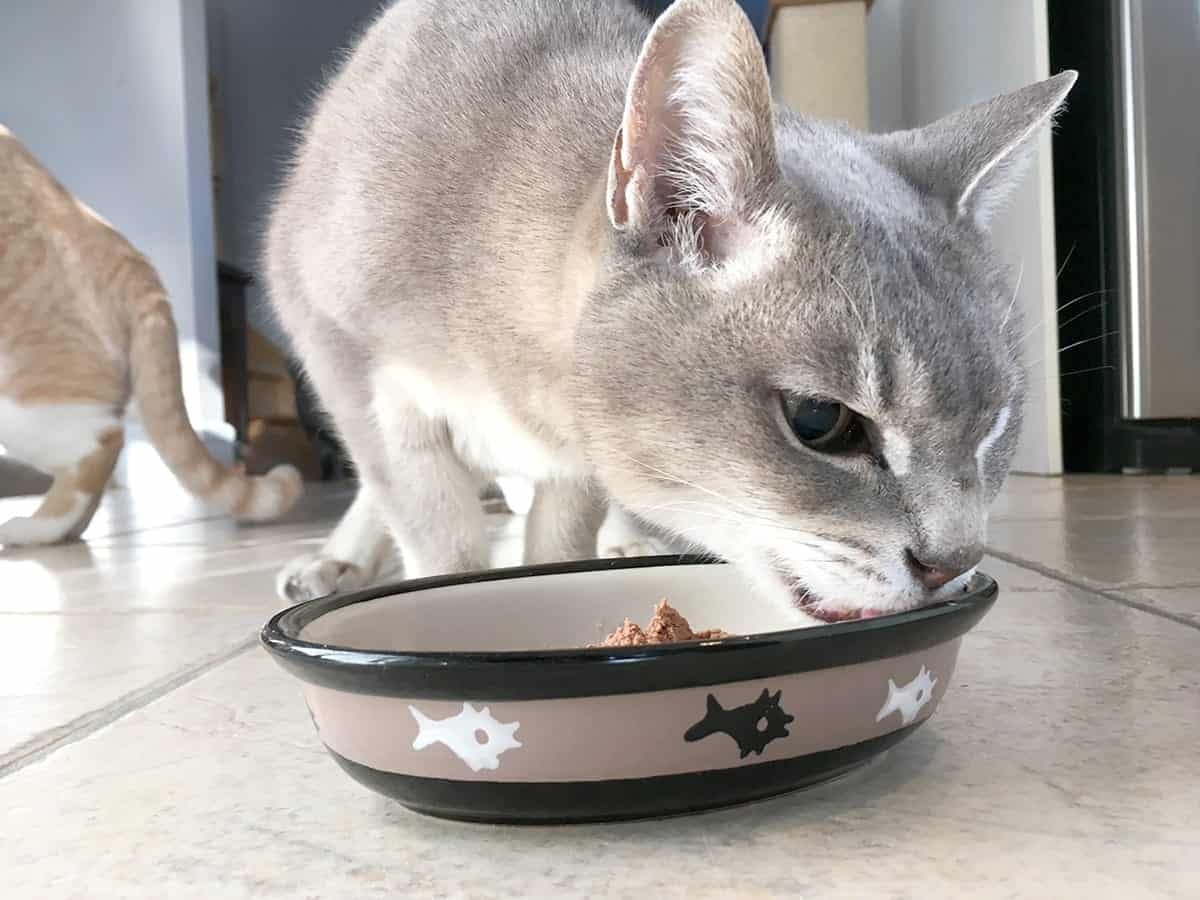
Here are some possible reasons your cat is not eating:
Cats can suddenly go off their food due to dental or gum disease, gastrointestinal pain, nausea and a host of other diseases. Environmental stressors can also greatly affect our sensitive felines. A big move is stressful enough for the humans; it can wreak havoc with your cat and affect their appetite. The addition of another cat to the household or even the death of another pet or human are all stress factors that can send your cat on a hunger strike.
The longer your cat goes without food the more they are at risk of developing a life threatening disease known as hepatic lipidosis or fatty liver disease.
The morning our senior cat, Earl Grey decided that food was no longer a priority, marked the beginning of quite a challenge ahead. We had to conjure up creative ways to serve up dinner that would encourage him to eat at meal times.
Here are 5 tips to entice your stressed, senior or sick cat to enjoy their food.
1. Warm food brings out the taste
Geriatric cats have a reduced sense of smell. Add sickness to the equation and it’s an uphill struggle. Heat the food slightly for 10 to 15 seconds in the microwave. This brings out the flavor and softens the texture of the food, making it more palatable and easier to eat. Be sure to stir the warmed up food before serving to avoid burning due to hot spots.
2. Feed a sleepy kitty
There is a rule in our house which you probably practice in yours too:
Never wake a sleeping cat!
But when your cat has skipped his meal it’s important that he eats at some point, even if it means waking him from a peaceful sun puddle snooze. Apologies Sir Earl Grey, but lunch is served. Wafting a bowl of stinky delicious warmed wet food below a sleeping cat’s nose is a sure-fire way to interest your cat to tuck in, even if it’s a few morsels. Every bite counts and this works every time!

I shall meditate in the sun puddle undisturbed.
3. Experiment with different food textures
A cat with dental pain that used to happily eat chunks in gravy, may now outright reject it. It may be too painful for him to chew properly so in these cases the paté style variety proves to be a winner. Normally after the offending teeth have been removed the cat recovers quickly and is able to eat a variety of different textures again. Mixing up the two textures in the same bowl works great too.
How about making a warm broth by mixing in some water? This works as a treat while also increasing your cat’s fluid intake. You can also whip up some of the food in a blender and offer it as a sloppy gruel for your cat to lap up instead of chew.
4. Hand feeding is messy but worth it
Have you ever tried to hand feed your cat? Sometimes your cat associates the food bowl with the unpleasant experience of feeling sick so will refuse to eat out of his bowl. In this case, take matters into your own hands and get messy. Offer up a small morsel from your hand and coax him with a gentle soft voice. Earl Grey is blind and I know the sound of my voice encouraging him to eat is soothing and comforting to him.
Hand feeding or spoon feeding works great if your cat is still recovering from dental surgery as he would be unable to grasp the food properly. Feeding your cat in this way is a truly intimate and precious moment that you will share with your cat. It’s a moment that cannot be rushed so be patient and enjoy the connection with your furry friend.
Sometimes your hand makes the perfect plate.
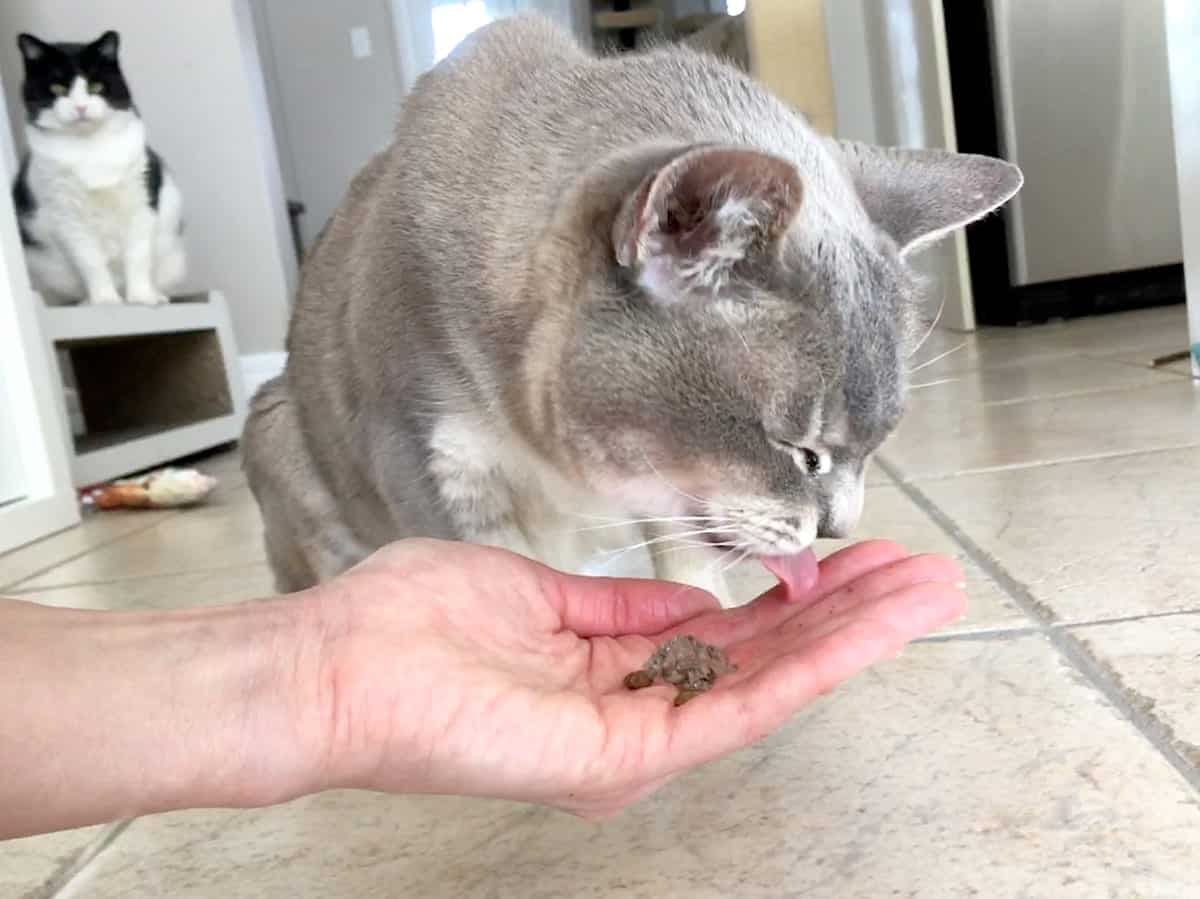
Sometimes Earl Grey finds eating from my hand more palatable than a hard ceramic bowl.
5. Food enhancers and toppings
Adding something different to the mix is sometimes necessary when your cat is having a bad day. Baby food, tuna juice in spring water (not the brine or oil) or chicken broth may be poured over your cat’s food to fire up his taste buds.
It’s important to always check with your vet first before adding anything different. Be sure to read ingredients on the baby food; it should not contain onions or garlic as this is toxic to your cat. A dish of plain, lightly cooked chicken strips drizzled with chicken broth is also a winner when nothing in a can of cat food will do.

Photo: Zig Zag and Marmalade napping to prepare for dinner – both cats suffer from sensitive stomachs
Seeing your formerly sick cat eat again after much coaxing, persuasion, trial and error, is the most rewarding feeling there is. And remember, do not stress if all food is not eaten in one sitting! You can always feed a sleepy kitty later.
Written & Photos by: Yasaar Nakchbendi
Yasaar Nakchbendi is the author and founder of Chirpy Cats where she expresses her love for all things feline with a focus on cat environment enrichment in multi-cat households. Helping cats live enriched lives with their people.
REMEMBER: SPAY/NEUTER, FOSTER, VOLUNTEER, TNR & AS ALWAYS, ADOPT, DON’T SHOP!
Related Story:



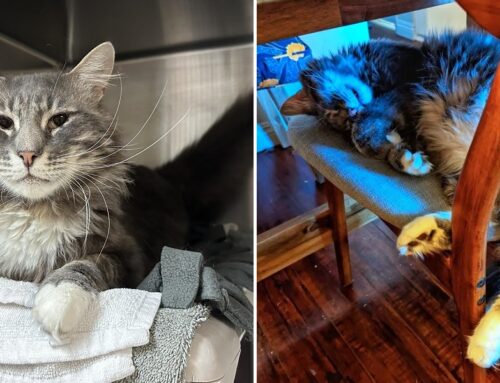

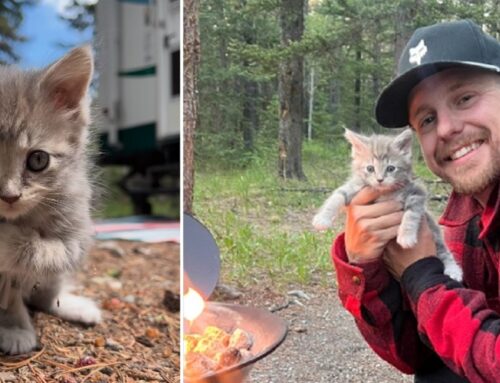

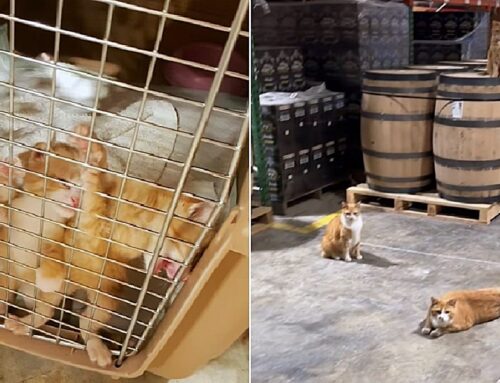



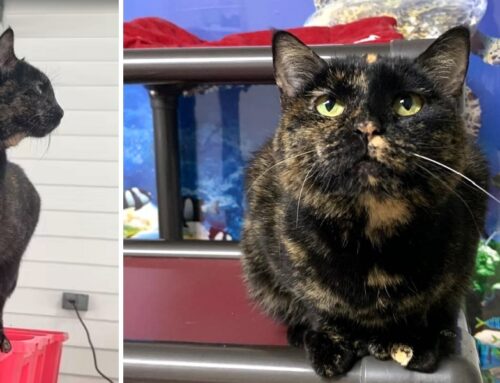
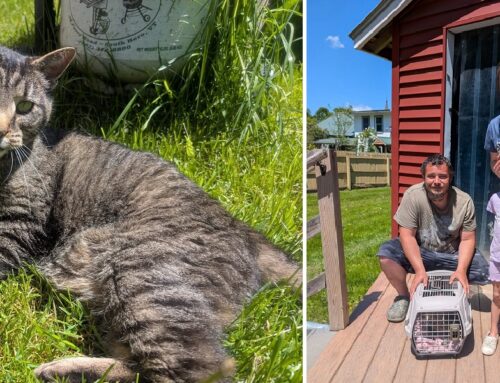
i remember in the 70’s before we learned how damaging it was, that a great way to get your cat(and especially your dog! ) to eat was to sprinkle a little onion or garlic powder onto the food…pets love it!! (now we know it destroys blood cells…)
Why give cat garlic powder if it distroys blood cells??